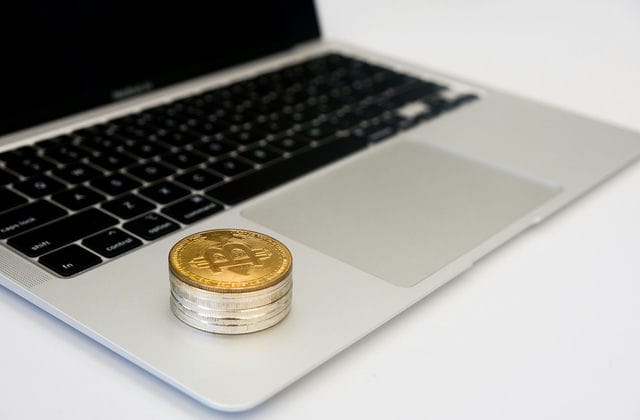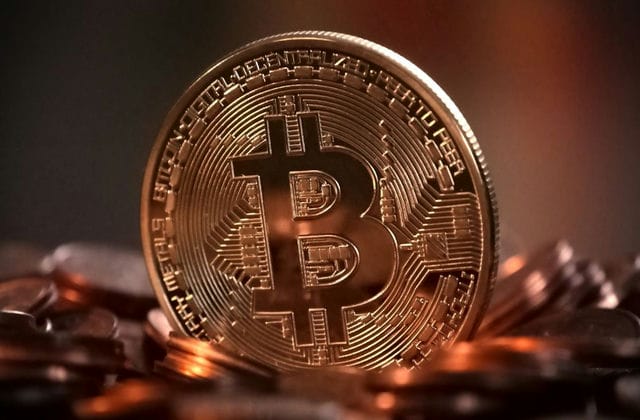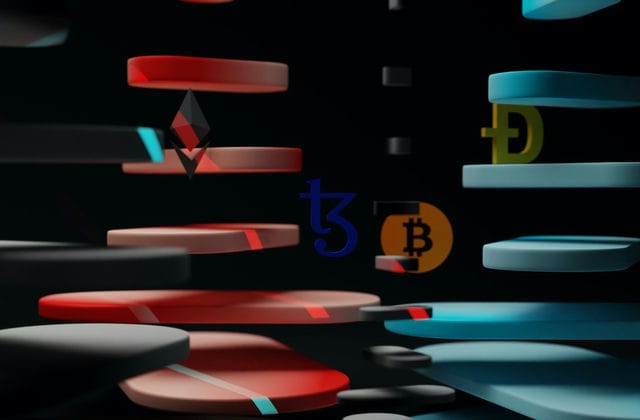Who created Ethereum?
Four years after the birth of Bitcoin, a 19 year old young man conceived a new platform based on this system and tried to completely change the Internet. He is Vitalik Buterin, a programmer from Toronto, the father of Ethereum and a gifted youth, referred to as God V.
Born in 1994, he is endowed with extraordinary talents:
You can play Excel at the age of 4;
At the age of 12, I wrote games for myself to play;
At the age of 17, he co founded Bitcoin Magazine to popularize Bitcoin;
At the age of 19, he dropped out of the University of Waterloo to release Ethereum;
At the age of 20, Zuckerberg, the founder of Facebook, won the World Science and Technology Award;
Received by Russian President Vladimir Putin at the age of 24, he was listed as an influential person under 40 in Fortune magazine
Not only that, he also learned many languages by himself, and even can speak fluent Chinese... His talent has crushed all his peers on the earth.
In 2011, Vitalik Buterin became interested in Bitcoin. In the same year, he co founded Bitcoin magazine, an online news website, and wrote hundreds of articles about the cryptocurrency world.
In 2013, he released a white paper on the Ethereum platform that can run smart contracts and decentralized applications.
His legendary experience and the success of Ethereum made people begin to call him "V God". It is speculated that God V holds about 500000 Ethereum, and the soaring value of Ethereum in recent years has also brought him fame and wealth, and his value once exceeded 100 billion. God V also officially took the position of "C" and was crowned as God.
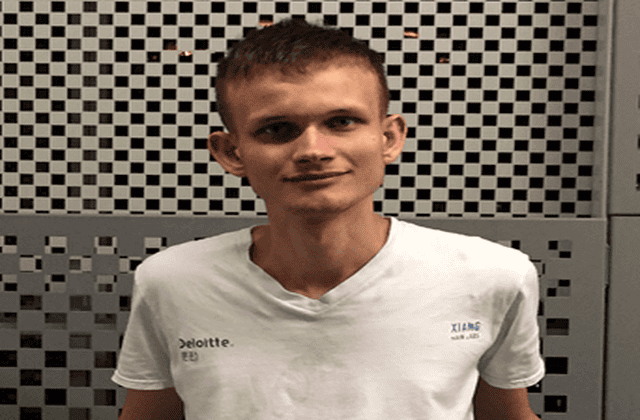
How does Ethereum work?
Like Bitcoin, Ethereum network exists on thousands of computers around the world, which is attributed to the user's participation as a "node" rather than a centralized server. This makes the network decentralized and highly immune to attacks, so it can hardly be closed. If one computer fails, it doesn't matter, because thousands of other computers are blocking the network.
Ethereum is essentially a single decentralized system running a computer called Ethereum Virtual Machine (EVM). Each node has a copy of the computer, which means that any interaction must be verified so that everyone can update their copy.
Network interaction is also considered as "transaction" and stored in blocks of Ethereum blockchain. Miners validate these blocks before submitting them to the network and acting as a transaction history or digital ledger. The mining used to validate transactions is called the Proof of Workload (PoW) consensus method. Each block has a unique 64 bit code to identify it. The miners used their computer power to find the code, proving it was unique. Their computer ability is the "proof" of this work, and the miners' efforts will be rewarded with ETH.
In addition, like Bitcoin, all Ethereum transactions are completely open. The miner broadcasts the completed block to the rest of the network, confirms the changes and adds the block to everyone's ledger copy. The confirmed blocks cannot be tampered with and serve as a perfect historical record of all online transactions.
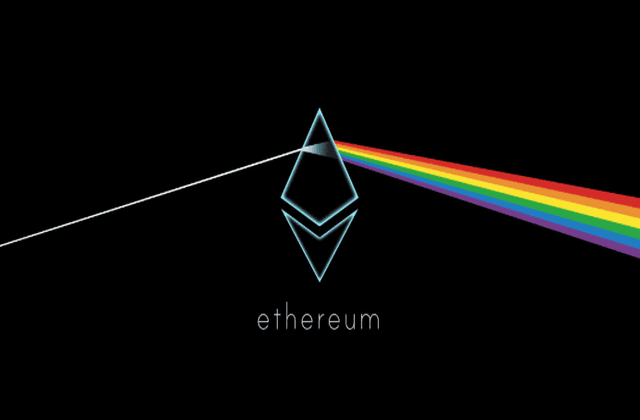
However, if miners are paid for their work, where does ETH come from? Each transaction has a fee, called "gas", which is paid by the user who initiated the transaction. This fee is paid to the miners who verify the transaction to stimulate future mining and ensure network security. Gas is essentially a restriction that limits the number of operations that users can perform per transaction. It can also prevent network spam.
Because ETH is more like a practical token than a value token, its supply is unlimited. Ether has been circulating in the form of miners' rewards. Once the network turns to PoS, it will also receive equity rewards. Theoretically, there is always a demand for ether currency, which means that inflation should never devalue assets and make them unusable.
Unfortunately for many people, Ethereum's gasoline costs may be high based on online activities. This is because a block can only hold so many gases, which will vary according to the type and quantity of transactions. Therefore, the miners will choose the transaction with the highest gas fee, which means that users will rush to verify the transaction. This competition will push the cost higher and higher, causing network congestion in busy times.
Network congestion is a major problem, although it is being solved in Ethereum 2.0 - this is a complete overhaul and will be discussed as a separate part.
Interaction with Ethereum requires cryptocurrency stored in the wallet. The wallet is connected to DApp and acts as a pass for the Ethereum ecosystem. From there, anyone can buy goods, play games, borrow money and carry out various activities just like on the traditional Internet. However, the traditional network is free for users, because they will divulge personal information. The centralized entity that runs the website then sells the data to make money.
Cryptocurrency replaces data here, which means that users can freely browse and interact anonymously. This also means that the use of DApp is non discriminatory. For example, no loan or bank DApp can reject someone based on race or financial status. Intermediaries cannot prevent what they consider "suspicious transactions". Users control what they do and how they do it, which is why many people believe that Ethereum is the future of Web 3.0 - Web interaction.
























